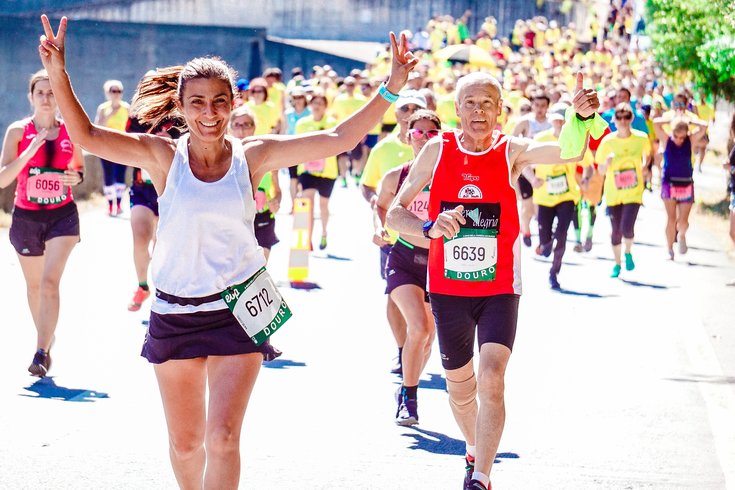Mobility Workout For Runners
Enhance your running performance with a focused mobility workout to improve flexibility and prevent injuries. Incorporating mobility exercises into your routine will optimize your running stride and overall athletic performance.
As a runner, maintaining proper mobility is crucial for preventing injuries and ensuring peak performance. A targeted mobility workout can help improve your range of motion, flexibility, and stability, allowing you to run more efficiently and with less risk of injury.
By incorporating specific exercises that target key muscle groups used in running, such as the hips, glutes, and calves, you can address any imbalances or weaknesses that may be hindering your performance. Plus, regularly performing mobility exercises can help improve your overall posture and body alignment, leading to better running form and increased speed.

Credit: m.youtube.com
Effective Mobility Exercises For Runners
As a runner, maintaining proper mobility is crucial for improving performance and preventing injuries. Incorporating effective mobility exercises into your training routine can help enhance your flexibility, range of motion, and overall running efficiency. Here we’ll explore various targeted mobility exercises to address key areas of concern for runners, including hip, ankle, and thoracic spine mobility.
Hip Mobility
Hip mobility plays a vital role in a runner’s stride and overall movement efficiency. Incorporating exercises that specifically target the hip joints can help alleviate tightness and improve range of motion. Lateral leg raises, hip flexor stretches, and hip circles are effective in promoting flexibility and reducing the risk of hip-related injuries. Performing dynamic movements such as leg swings and hip rotations can also enhance hip mobility and prepare the muscles for running.
Ankle Mobility
Maintaining adequate ankle mobility is essential for proper foot strike and push-off during running. To improve ankle mobility, exercises such as ankle circles, calf stretches, and ankle dorsiflexion exercises are beneficial. These exercises help loosen tight calf muscles, improve ankle flexibility, and reduce the risk of ankle sprains. By incorporating ankle mobility exercises into your routine, you can enhance your overall running performance and prevent potential ankle-related injuries.
Thoracic Spine Mobility
Optimal thoracic spine mobility contributes to proper running posture and efficient arm movement. Including exercises that target the thoracic spine, such as thoracic twists, cat-cow stretches, and thoracic extensions, can promote spine flexibility and alleviate stiffness. These exercises help prevent the development of poor posture and reduce the likelihood of upper back discomfort during running. By prioritizing thoracic spine mobility, runners can maintain better alignment and enhance their overall running mechanics.

Credit: www.runtothefinish.com

Credit: www.pinterest.com
Frequently Asked Questions For Mobility Workout For Runners
How Can I Improve My Running Mobility?
To improve your running mobility, incorporate dynamic stretches, foam rolling, and exercises that target hip, ankle, and knee mobility.
What Are The Benefits Of A Mobility Workout For Runners?
A mobility workout for runners can improve running performance, prevent injuries, increase flexibility, enhance range of motion, and promote better running technique.
How Often Should I Do Mobility Exercises For Running?
Ideally, you should perform mobility exercises for running at least 2-3 times per week to maintain flexibility and enhance your running performance.
Conclusion
Incorporating a mobility workout into your running routine can increase flexibility, improve performance, and reduce the risk of injuries. By focusing on dynamic stretches and strength exercises, you can enhance your overall mobility and endurance. Consistent practice of these exercises will help you become a stronger and faster runner.
Elevate your running game with a dedicated mobility routine.






